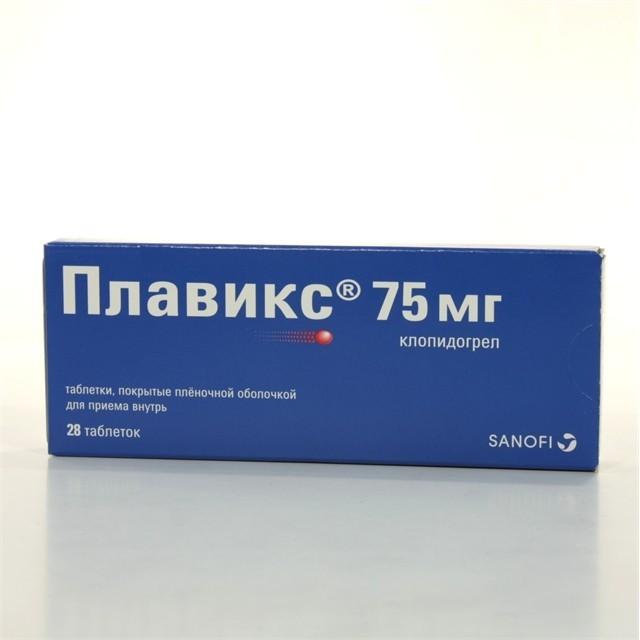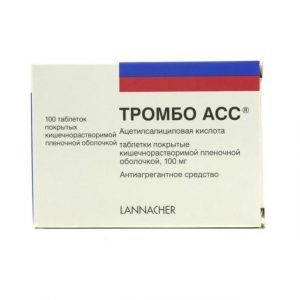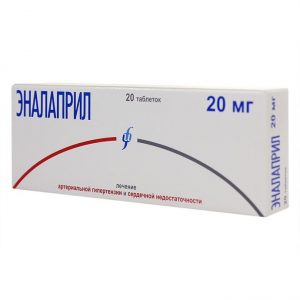Description
Release form
Coated tablets.
Packing
28 pcs.
Indications
Prevention of atherothrombotic events in patients with myocardial infarction, ischemic stroke, or with a diagnosis of peripheral arterial occlusion.
Prevention of atherothrombotic events (in combination with acetylsalicylic acid) in patients with acute coronary syndrome: without ST segment elevation (unstable angina or myocardial infarction without Q wave), including patients who underwent stenting with percutaneous coronary intervention
with ST segment elevation (acute myocardial infarction) with drug treatment and the possibility of thrombolysis.
Contraindications
– increased individual sensitivity to the components of the drug
– severe hepatic insufficiency
– acute pathological bleeding, for example, bleeding with peptic ulcer or intracranial hemorrhage
– rare hereditary intolerance to galactose, malignant lactose infections, malignant lactose malignancy, pregnancy lactation
– children under 18 years of age (safety and efficacy have not been established).
With caution, the drug is prescribed for moderate liver failure, in which a predisposition to bleeding (limited clinical experience) and renal failure (limited clinical experience) for injuries is possible, surgical interventions for diseases in which there is a predisposition to the development of bleeding (especially gastrointestinal or intraocular) while taking NSAIDs, including selective COX-2 inhibitors with the simultaneous administration of warfarin, heparin, glycoprotein IIb / IIIa inhibitors.
Use during pregnancy and lactation
Due to lack of data, it is not recommended to prescribe Plavix during pregnancy and lactation (breastfeeding).
Composition
1 tablet contains clopidogrel 75 mg
excipients: mannitol, macrogol 6000, microcrystalline cellulose (low water content, 90 microns), low-substituted hyprolose, hydrogenated castor oil, pink opadray (lactose monohydrate, 17 (pink lactose monohydrate) ), triacetin, iron dye oxide red (E172)), carnauba wax.
Dosage and administration of
Plavix taken orally, regardless of food intake.
For adults and older people, the average dose is 75 mg once a day.
Side effects of
On the part of the immune system: very rarely – anaphylactoid reactions, serum sickness.
Mental disorders: very rarely – confusion, hallucinations.
From the nervous system: very rarely – a change in taste.
From the vascular system: very rarely – vasculitis, hypotension.
On the part of the respiratory system: very rarely – bronchospasm, interstitial pneumonitis.
From the digestive tract: very rarely – pancreatitis, colitis (including ulcerative or lymphocytic), stomatitis.
From the hepatobiliary system: very rarely – acute liver failure, hepatitis.
From the skin and subcutaneous tissues: very rarely – angioedema, urticaria, erythematous rash (associated with clopidogrel or acetylsalicylic acid) is very rare – bullous dermatitis (erythema multiforme, Stevens-Johnson syndrome, toxic epidermal necrolysis), eczema and lichen planus.
From the musculoskeletal system: very rarely – arthralgia, arthritis, myalgia.
From the kidneys and urinary tract: very rarely – glomerulonephritis.
General Disorders: very rarely – fever.
Drug Interaction
Acetylsalicylic acid does not alter the inhibitory effect of Plaquix on ADP-induced platelet aggregation, but Plavix enhances the effect of acetylsalicylic acid on collagen-induced platelet aggregation. Co-administration of these drugs requires caution. However, in acute coronary syndrome without ST segment elevation, it is recommended that Plavix and acetylsalicylic acid be combined. The safety of long-term simultaneous use of acetylsalicylic acid and Plavix has not yet been established.
When used concomitantly with heparin according to a clinical trial conducted in healthy volunteers, Plavix does not alter either the total need for heparin or the effect of heparin on blood coagulation. Co-administration of heparin did not alter the inhibitory effect of Plavix on platelet aggregation. However, the safety of such a combination has not yet been established, and the concomitant use of these drugs requires caution.
When co-administered with recombinant tissue plasminogen activator (rt-PA), the safety of co-administration of Plavix, rt-PA, and heparin has been investigated in patients who have recently undergone myocardial infarction. The incidence of clinically significant bleeding was similar to that observed with rt-PA and heparin. The safety of co-administration of clopidogrel with other thrombolytics has not yet been established, and the concomitant use of these drugs requires caution.
Clopidogrel co-administration with warfarin is not recommended, since such a combination can increase bleeding.
The administration of NSAIDs with Plavix requires caution.
No clinically relevant pharmacodynamic interaction was observed when Plavix was administered with atenolol, nifedipine, phenobarbital, cimetidine, estrogens, digoxin, theophylline, tolbutamide, antacid agents.
The administration of glycoprotein IIb / IIIa inhibitors together with Plavix requires caution.
Overdose
600 mg once a day (plus, equivalent to 8 standard 75 mg tablets) side effects were not noted by healthy volunteers. The bleeding time was extended 1.7 times, which corresponds to the value recorded after receiving the therapeutic dose (75 mg / day).
Treatment: transfusion of platelet mass. There is no specific antidote.
Storage conditions
The drug should be stored out of the reach of children at a temperature not exceeding 25 ° C.
Expiration
3 years.
Deystvuyuschee substances
clopidogrel
dosage form
dosage form
tablets
Sanofi-Aventis, France




